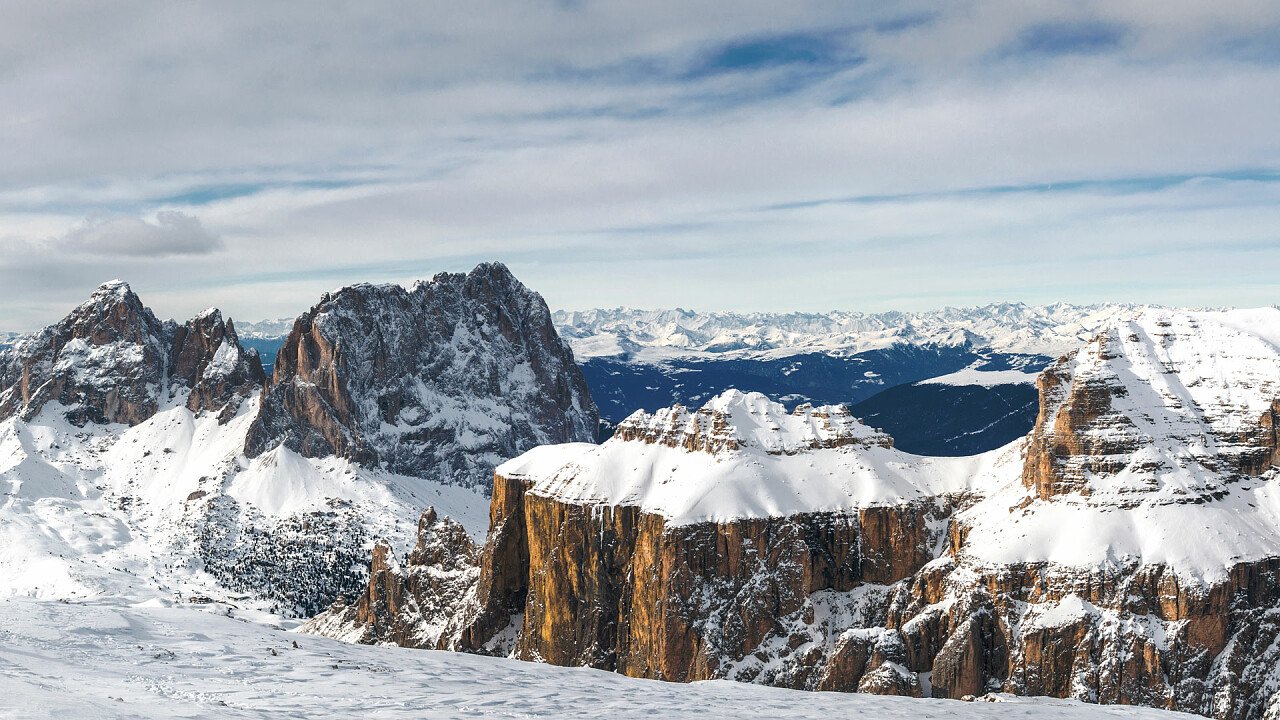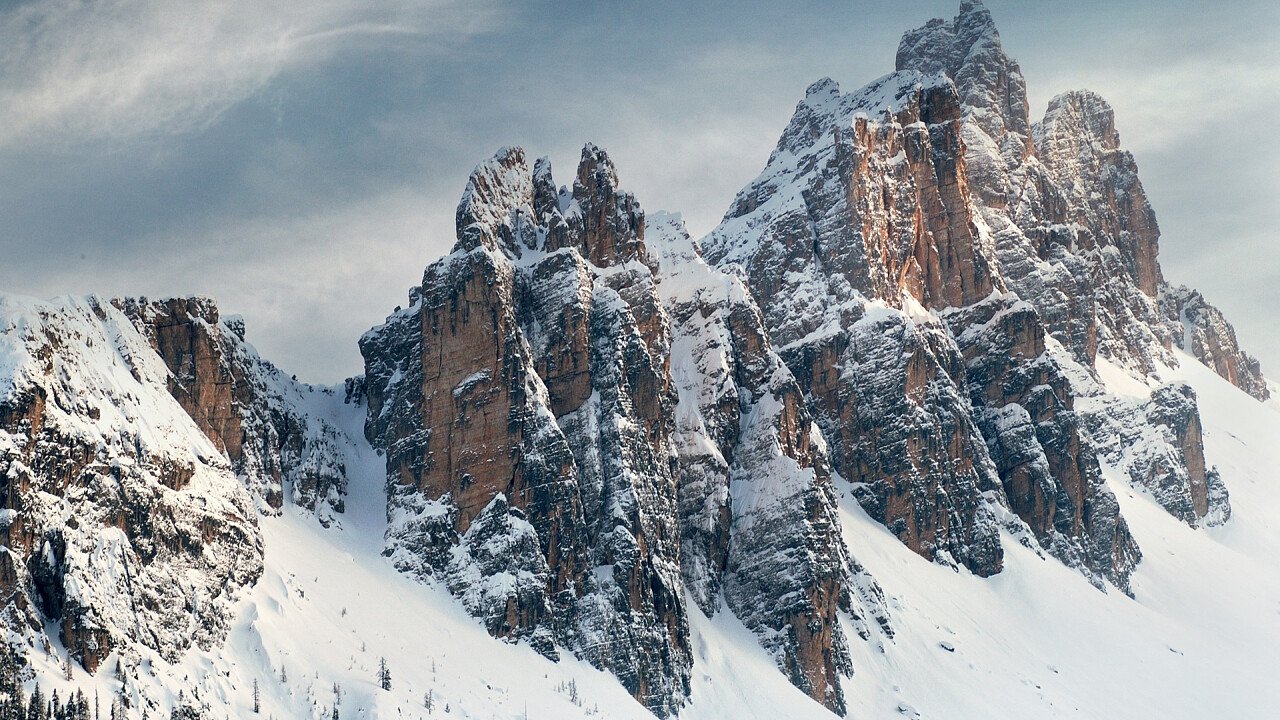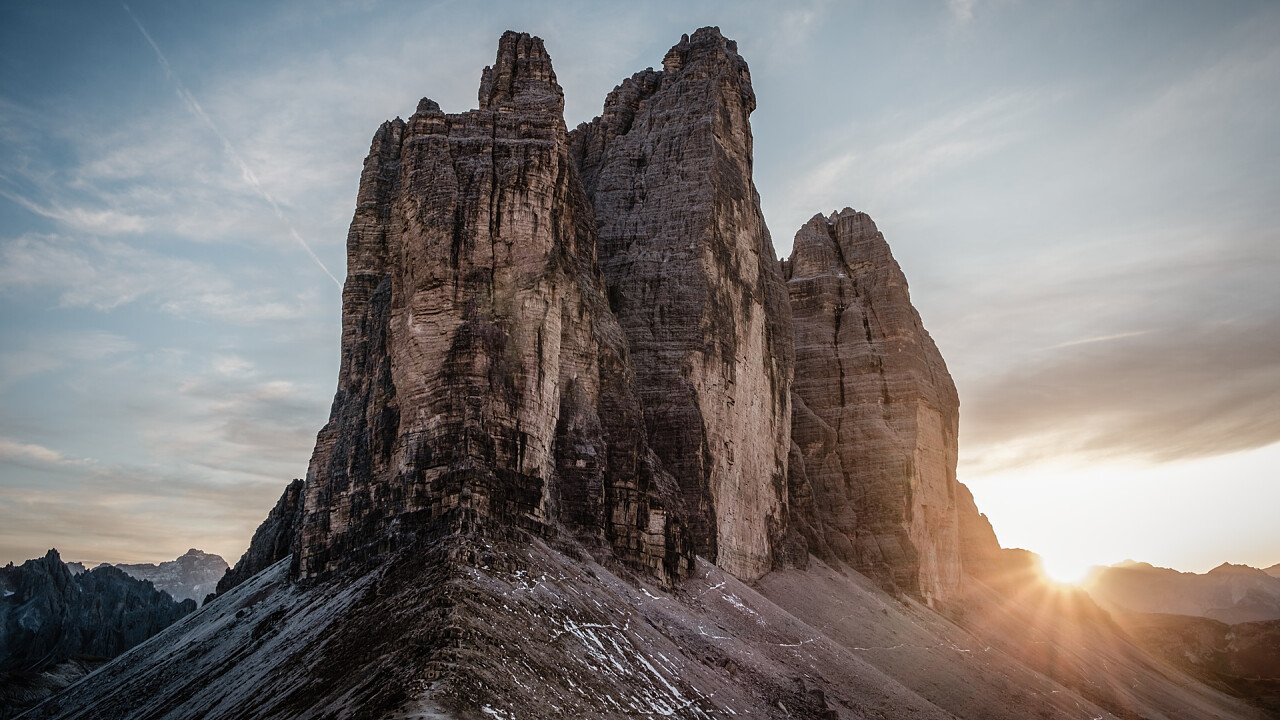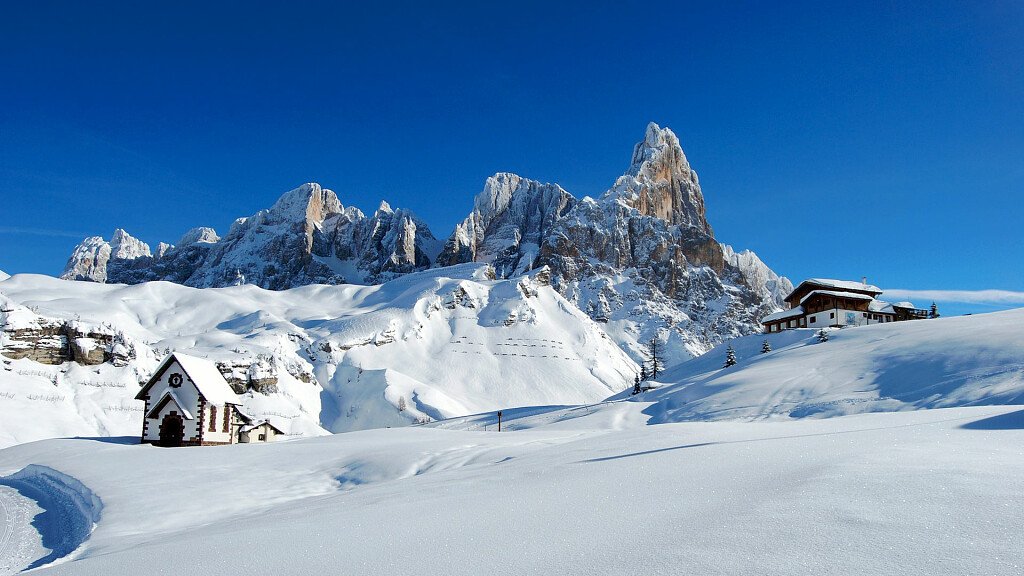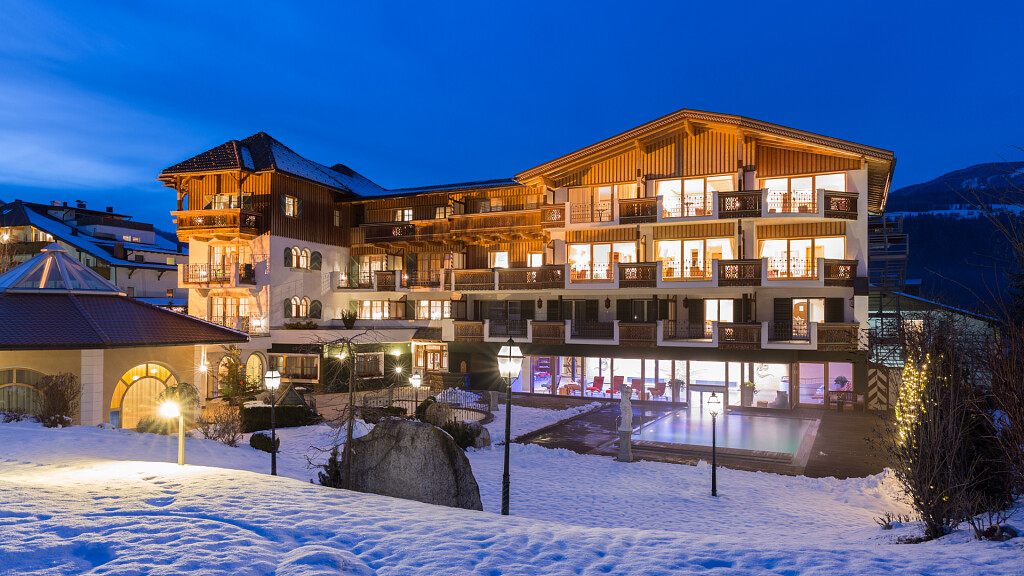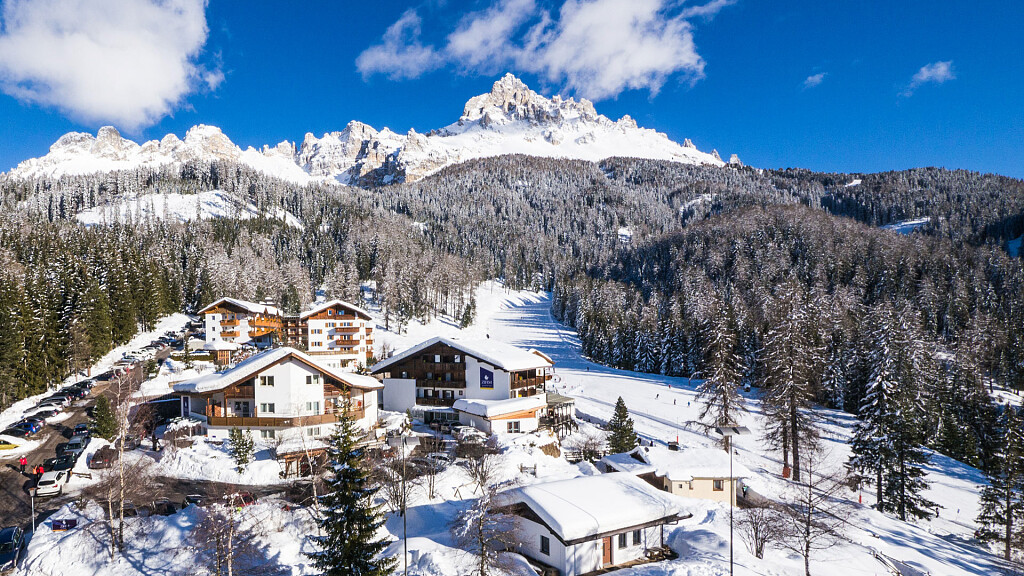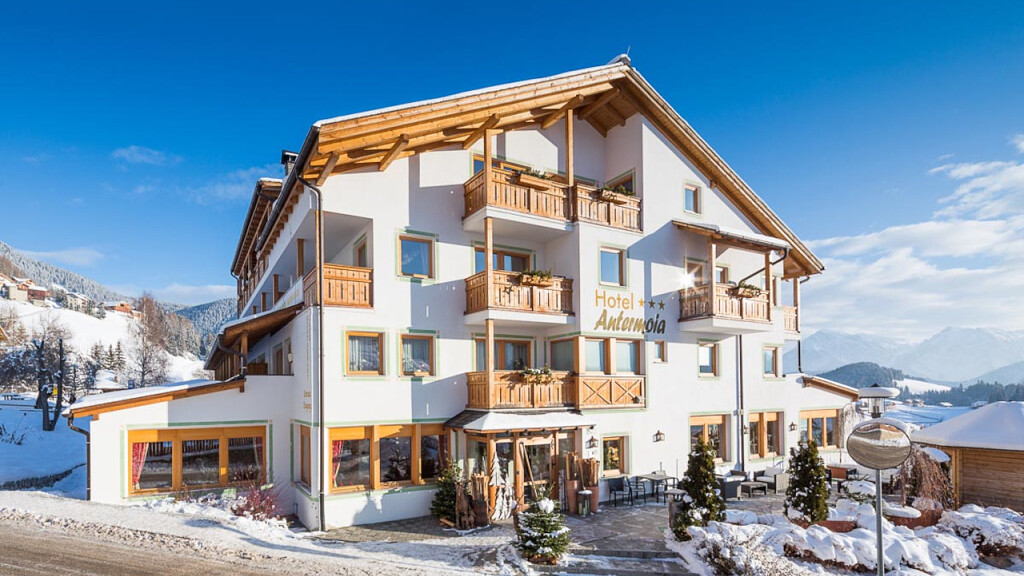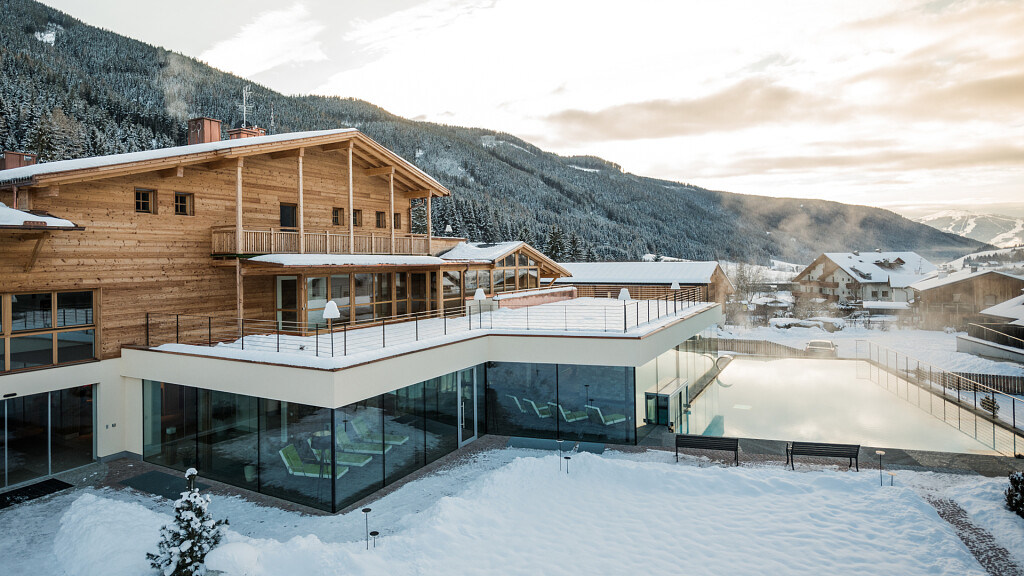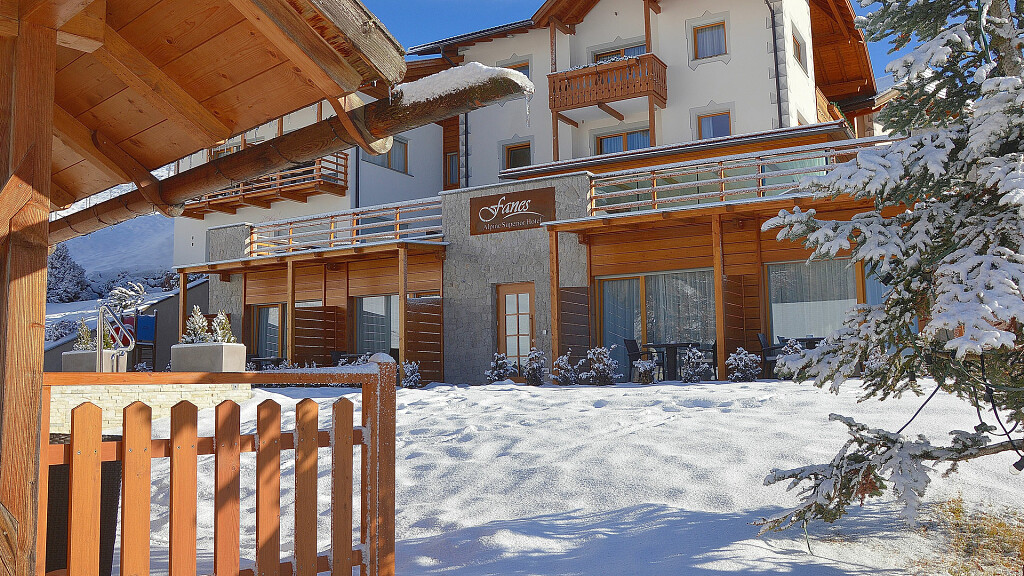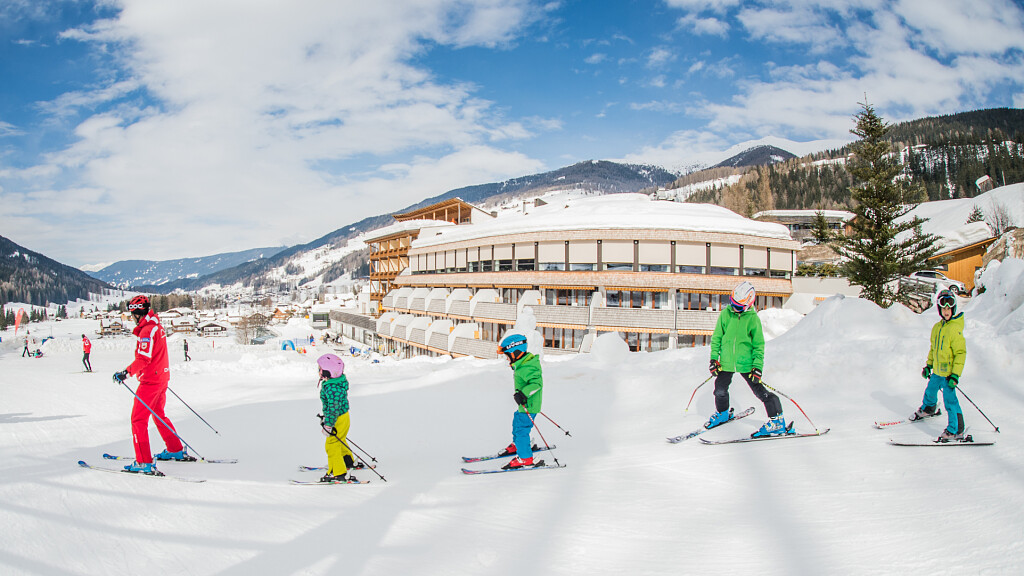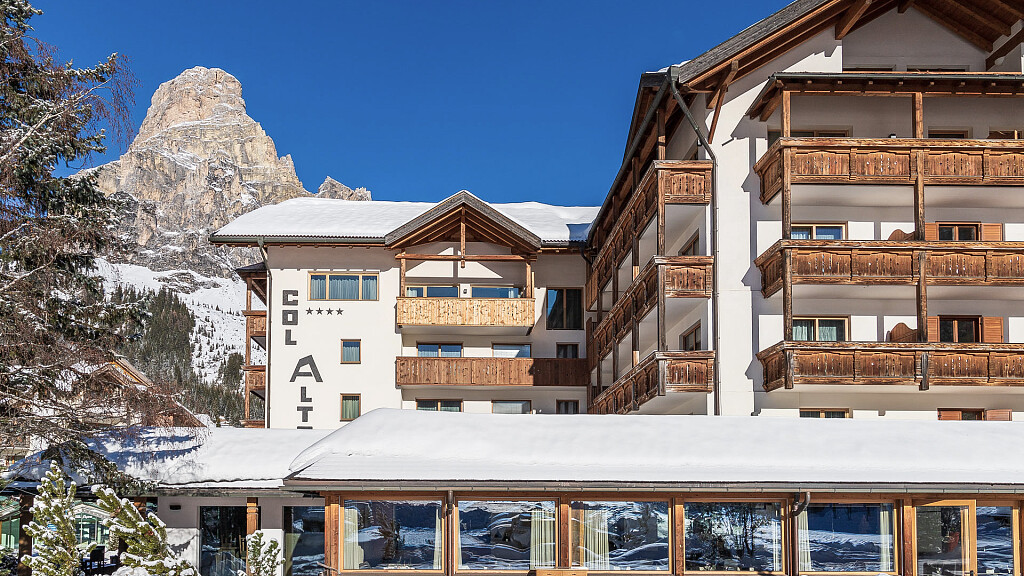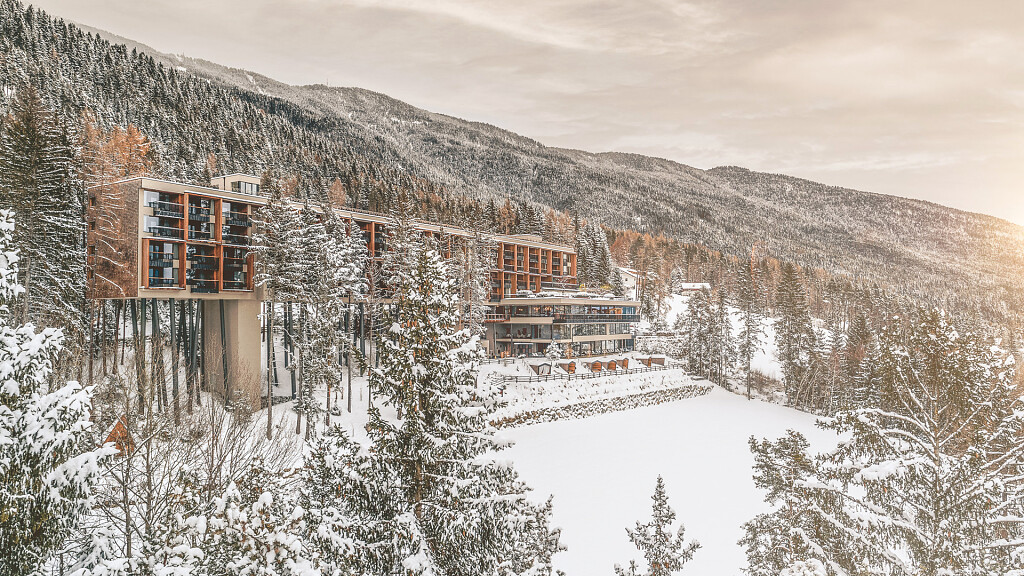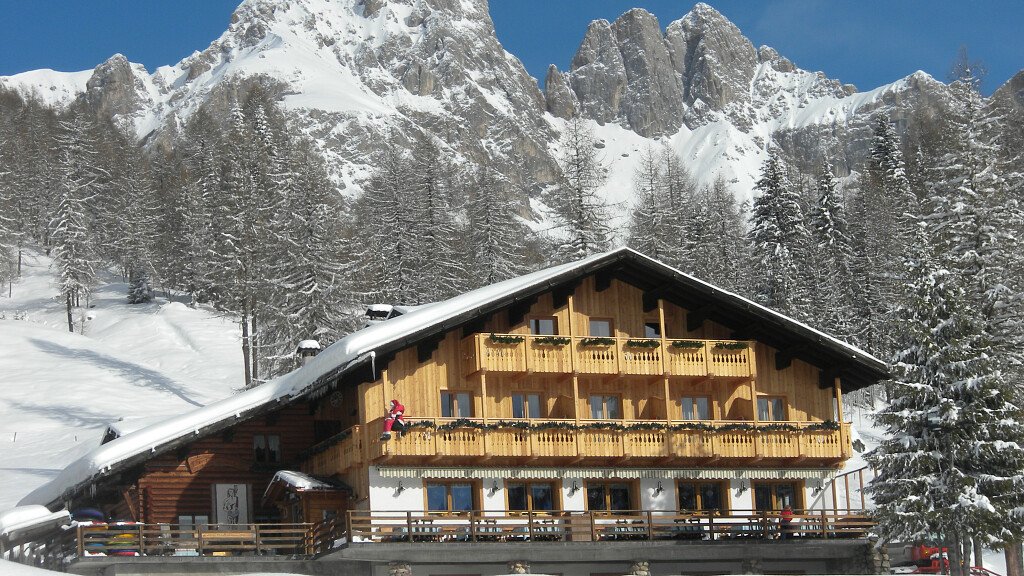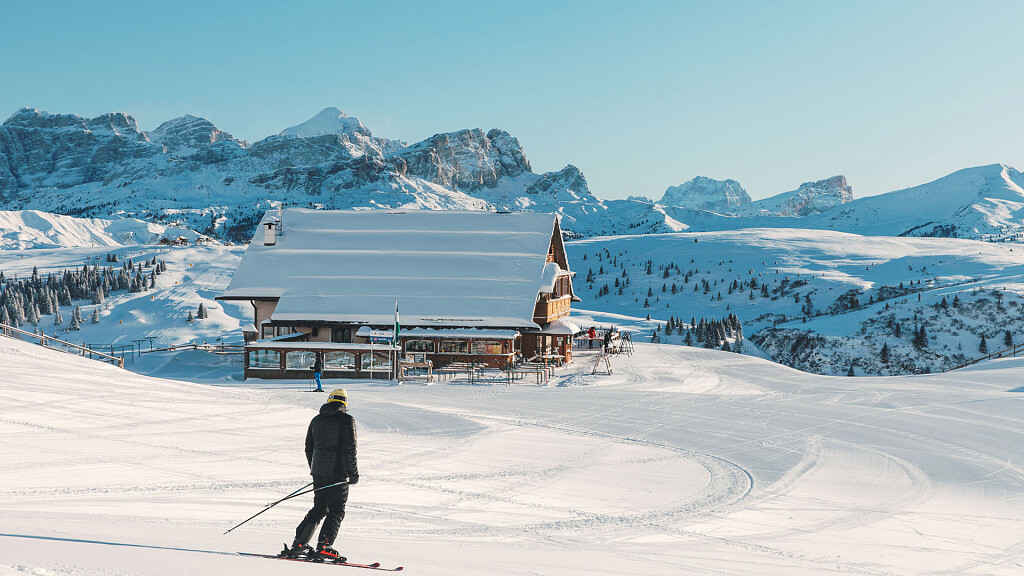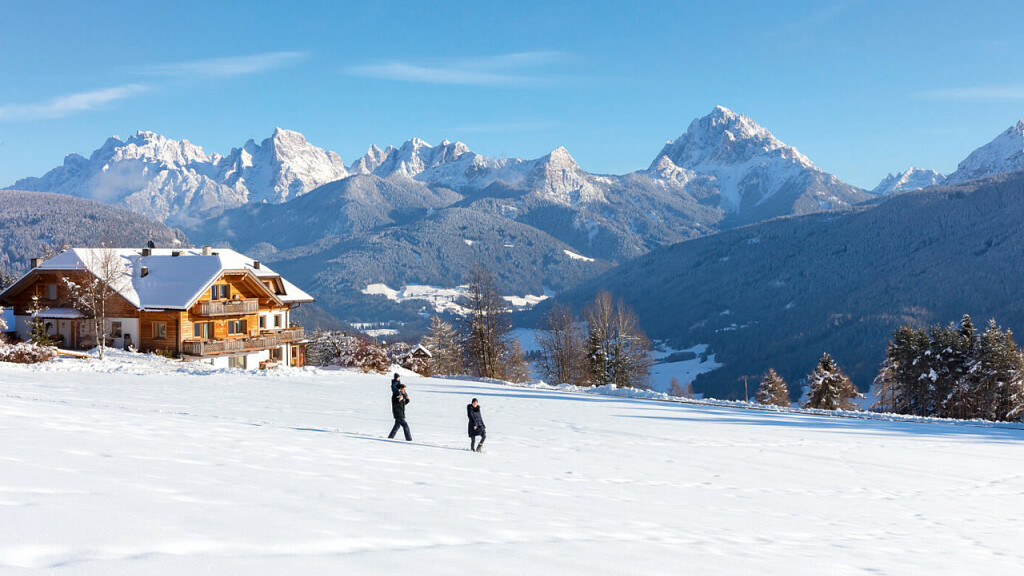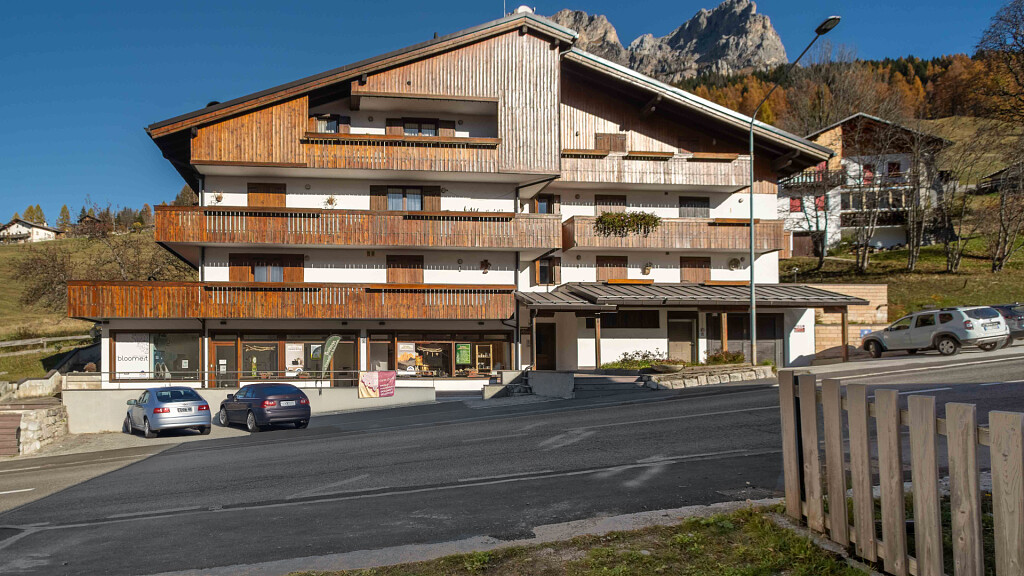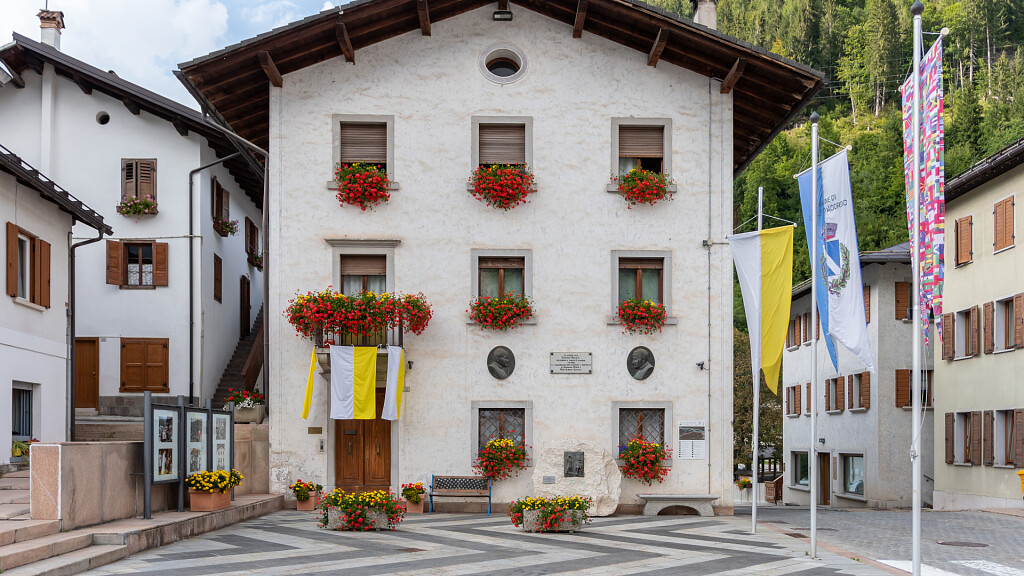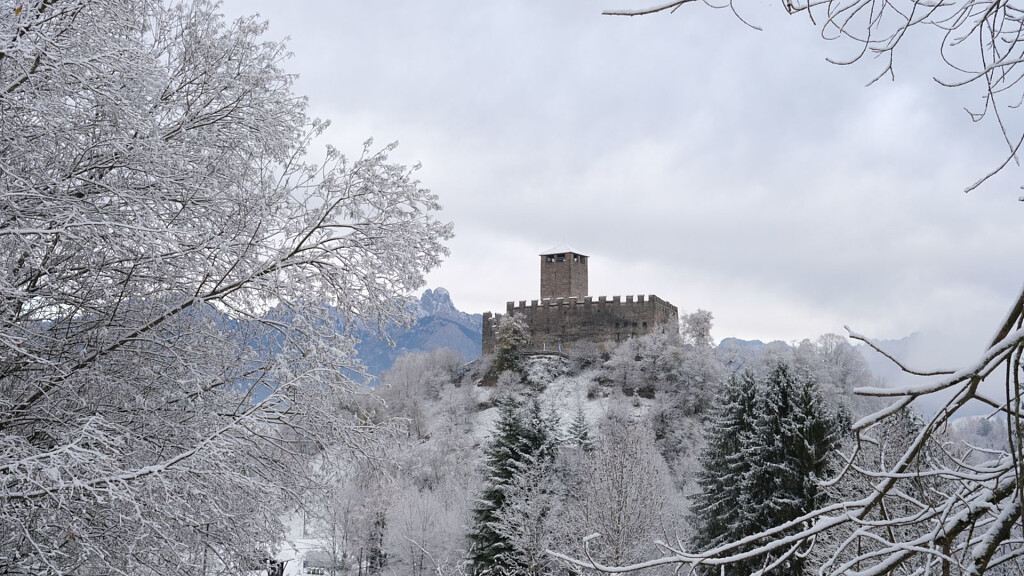The Dolomites, also called "pale mountains" are a mountain range of the northern Italian Alps included in the territories of Trentino, South Tyrol, Bellunese and Western Friuli. They are characterized by a unique geomorphology that makes them paler, more colorful and more imposing than any other mountain range. At the sunset the sun rays give these peaks a wonderful reddish colour. It is a breathtaking natural phenomenon known as Enrosadira, making these the most beautiful mountains in the world. On August 26 2009 these mountains were enlisted by UNESCO as World Heritage Site.
Where are the Dolomites?
The area of the Dolomites extends among the provinces of Bolzano, Trento, Udine, Pordenone and Belluno, where great part of these mountains is found. The area is geographically bounded in the north by the Rienza River and by the Val Pusteria valley, in the south by the valleys of Val Cismon and Fiemme, in the west by the valleys of Isarco and Adige, and in the east by the Piave River and by the Cadore region. Outside this area, two mountain groups are included in the Dolomites: the Brenta Dolomites and the Friuli Dolomites.
What are the Dolomites?
Ridges and pinnacles surfaced 250 million years ago from the Primeval Sea, rich of corals and marine fossils, shaped during the centuries by wind and water: these are the Dolomites, World Heritage Site. The most famous mountains rise imposingly above the 3000 meters creating some of the most breathtaking landscapes of the world: the Marmolada that, with its 3343 meters, is the highest peak of the Dolomites; the Marmolada, the Tre Cime di Lavaredo, the Catinaccio, the Latemar, the Pale di San Martino, the Brenta Dolomites, the Pelmo... At the sunset these peaks turn first pink and then violet: this phenomenon is called Enrosadira (term that means "turning pink") and is due to the special combination of calcium carbonate and magnesium of the Dolomite rock. This mineral was studied for the first time by the French naturalist Déodat de Dolomieu, from whom the Dolomites take their name.
However this territory is not only made of rocks. There are more than 1500 plant species: lichens, mosses, edelweisses, mountain flowers, rhododendrons, forests of conifers and birches. Many are also the animal species: chamois, ibexes, birds of prey, snakes, dormice... and of course we shouldn't forget the rivers, the lakes and the ancient traditions coming from the Celtic-Raetian culture, a culture having great respect for the territory.
Among these mountains rich of legends there are some of the most famous resorts: Cortina d'Ampezzo, Falcade, Sappada, Canazei, Madonna di Campiglio, Corvara, Ortisei and San Martino di Castrozza. These resorts are favourite destinations for those who want to be in touch with nature and ideal places to practice every kind of sport: from climbing to skiing, from paragliding to mountain biking, from canoeing to trekking in the irresistible charm of this wonderful environment.
Dolomites: World Heritage Site
The charm of the Dolomites captivated even UNESCO that recently enlisted them as World Heritage Sites for its unique geological and aesthetical characteristics. However, not all the Dolomites were enlisted, but only the nine areas that present a typical geomorphology marked by steeples, pinnacles, rock walls, glacial landforms and karst systems. The mountain groups, from west to east, include: Brenta Dolomites, Catinaccio, Latemar, Sesto Dolomites, Pale di San Martino, Marmolada, Pelmo, Croda del Lago and Friuli Dolomites.
How to get to the Dolomites
Discover here how to get to the Dolomites of Trentino South Tyrol, Bellunese and Friuli

